Globally Harmonized System Compliance: A How-to
By Jackie Wells Smith
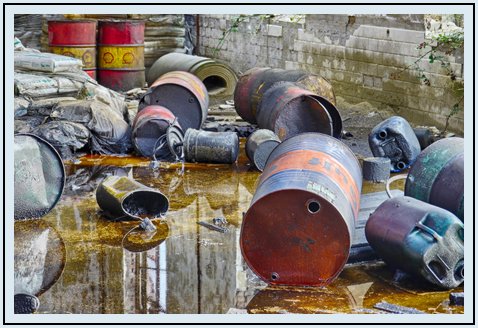
Will you and your company be prepared for the Globally Harmonized System by the deadline date? Does your training structure meet the new requirements?
As of December 1, 2013 new requirements for Globally Harmonized System compliance for employers will go into effect. If your employees handle chemicals you are affected by this law and must comply with the training requirements mandated by December 1st.
The program will cover businesses that previously were unaffected. Any business using chemicals must comply with GHS standards.
The Globally Harmonized System (GHS) is a universal warning program for chemicals used in the workplace. Development began in 1992 at the United Nations Conference. This program supercedes previous OSHA standards.
The goal is to warn employees of the risks to themselves and teach them proper handling of these chemicals to lessen the environmental impact.
Your Added Requirements Under The New Globally Harmonized System
OSHA has always required employers to warn employees of the risk to their personal safety when handling dangerous materials. Employers must equip employees with adequate protection and train them in how to protect themselves when performing hazardous tasks.
The new Globally Harmonized System requires more detail in the information provided employees for handling chemicals. It also mandates a structure for training.
Basically, the GHS program has three parts:
- Hazard Classification
- Labels
- Safety Data Sheets
Hazard Classification (Signal Words) - The Globally Harmonized System has two classifications of 'warning' and 'danger.' Warning means there are serious health risks. Danger is applied to life threatening chemicals. For compound chemicals, the signal word is based on the most toxin chemical. All chemicals must carry a signal word.
Labels - Chemical manufacturers must supply employers (and all end users of their products) with labels that include a signal word (warning or danger), pictogram and hazard statement for their products. Employers must make certain these labels are applied and that employees understand how to read the labels and use the information. If you have not requested your labels from the manufacturer, you can probably download it from their website. (Or, use the label art on the OSHA site).
Safety Data Sheets - These data sheets must cover 16 points of information and be distributed to all employees. Per the Globally Harmonized System compliance requirements employers must train their employees in each of the 16 points. This information can be obtained from the chemical manufacturer. Most of it will be on the product label, however, if the information is not supplied or incomplete, employers are still responsible for training in all 16 points.
Your Safety Data Sheets must include:
- Identification including the name of manufacturer, the chemical and batch number
- Hazard(s) identification (specific risks to employee)
- Composition listing all ingredients
- First-Aid measures in the event of exposure
- Fire-fighting measures in the event of a fire
- Accidental release measures
- Safe handling and storage
- Exposure controls including personal protection
- Physical and chemical properties
- Stability and reactivity
- Toxicological information
- Ecological information
- Disposal considerations
- Transport information
- Regulatory information
- Other information, including date of SDS preparation or last revision
Give copies of these Safety Data Sheets to your employees and new hires. Have all employees including new hires sign a receipt that they have received the handout(s).
A simple statement like this one will do:
I acknowledge receipt of the Safety Data Sheets for (list the chemicals). I have been trained in safe handling, storage and proper disposal of these chemicals. I agree to review this information. I understand that not using my safety equipment and not following safety procedures is grounds for termination.
For more about the 16 points of information required on the Safety Data Sheets, visit: https://www.osha.gov/Publications/OSHA3514.html
Training your employees for the Globally Harmonized System
There are a number of affordable training services that can help you meet the December 1st deadline.
Hiring one of these service providers doesn't automatically meet the requirements for employer compliance.
If information is left out about a chemical, or new hires do not receive full instruction, the employer is responsible.
Training employees internally demonstrates a commitment to employee safety, and it gives you an opportunity to review your storage and handling procedures. It's also a chance to talk with employees about their concerns and come up with practical solutions.
Preparing for, and presenting, your training session(s):
- Review all of the chemicals stored on your premises and collect the Safety Data Sheet information from the manufacturer. Check their website or give your sales rep a call.
- In your session, cover all 16 points of information on the Safety Data Sheets guidelines. Go over the proper use of all safety equipment, emergency procedures for accidents, first aid to injured employees, storage procedures and disposal procedures.
- Review the pictogram for each chemical and what it means. Hand out a reference sheet and post the pictograms wherever chemicals are stored.
- Be sure to cover storage and emergency procedures for all chemicals, not just the ones an employee uses for his job. If you use a training service, make sure they include all four of these steps in their program.
- Before you close, make sure you ask for questions and address all concerns. After the session(s) is over, document which employees attended by having them sign out.
You And Your Employees Must Know The Meanings Of The Nine Pictograms
For Globally Harmonized System compliance there are nine pictograms and employees must be taught what they mean. They aren't very intuitive, so your employees will have trouble remembering them.
The best way to comply with this requirement is to include the descriptive word, along with the pictogram. If you have a bi-lingual workforce, you will need to display the pictograms in as many languages as required by your workforce.
Employers cannot use the excuse that the employees couldn't remember the pictograms. You must communicate the information about safety hazard in a way that all employees will understand.
The nine pictograms are:
- Health Hazard –
Carcinogen, mutagenicy, respiratory sensitivity, reproductive toxin, target organ toxin, aspiration, toxin - Flame –
Flammable, pyrophorics, self-heating, emits flammable gas, self-reacting, organic peroxides - Exclamation Point –
Irritants to skin, eyes and lung, hazard to ozone - Gas Cylinder –
Gas under pressure - Corrosion –
Burns skin and eyes, corrosive to metals
- Exploding Bomb –
Explosives, self-reacting, organic peroxides - Flame over Circle –
Oxidizer - Environment –
Aquatic toxicity - Skull and Crossbones –
Acute toxicity
Pictograms Artwork
You'll find the artwork for the pictograms for the Globally Harmonized System compliance at https://www.osha.gov/dsg/hazcom/pictograms/. You can download the art files and print them out on labels.
When applying the Pictogram labels, be careful not to cover any of the information on the product label about its use, proper storage or disposal.
Red Borders - The new law insists that pictograms be shown with red borders. If you print out the pictograms for labels, training or to post as a reminder to your employees, make sure you do it in two colors, red and black.
Globally Harmonized System Compliance - Update Your Customers and Employees
Manufacturers have six months to update their customers with the newest information safety information about their products.
Employers are responsible for making their employees aware of this information.
Document your safety records each time you distribute updated Safety Data Sheets to your employees.
Lives Saved And Serious Illnesses And Injuries Avoided
OSHA estimates that these new Globally Harmonized System compliance standards will save 43 lives every year and 585 serious injuries and illnesses. They assign a monetary value of $250 million for worker injury and $475.2 million in lost productivity. The real value to employers is workers who are more productive and confident in their job when properly informed, equipped and trained for the hazards of their job.
###
Jackie Wells Smith is the editor and co-publisher of Your Employee Handbook and is frequently cited in articles and interviews. She has been a human resources director for a large retail chain and various manufacturing and construction companies, and has consulted with a variety of businesses on employee handbooks and recruiting for more than 20 years. She can be reached through YourEmployeeHandbook.com
Although you can use an attorney to write your handbook from scratch, Your Employee Handbook offers a pre-written, attorney-reviewed employee handbook that is written especially for contractors, and has been tested in the field for more than ten years.
Smart companies purchase employee handbooks and have their attorney perform a review to add purely local regulations.
The policies in these handbooks for Contractors are written to provide “best practices” in human resources management for every state — and will meet or exceed requirements for all states, including rest period policies.
Click here - Your Employee Handbook for Contractors - to view or download a free evaluation copy.
Upon completion of your purchase, you'll be able to instantly download your new employee handbook in a Microsoft Word format, edit the file to fit your company's needs using the instructions provided, and then print and distribute the handbook to your employees.
-----
You may also find the following article by Jackie to be helpful:
Meal and rest periods for California and other states
-----
And here's an article by me (Diane) that has more information regarding employee handbooks...
Back to the top of this page: Globally Harmonized System Compliance - How to comply
Back to the home page: Construction Project Management at InformedContractors
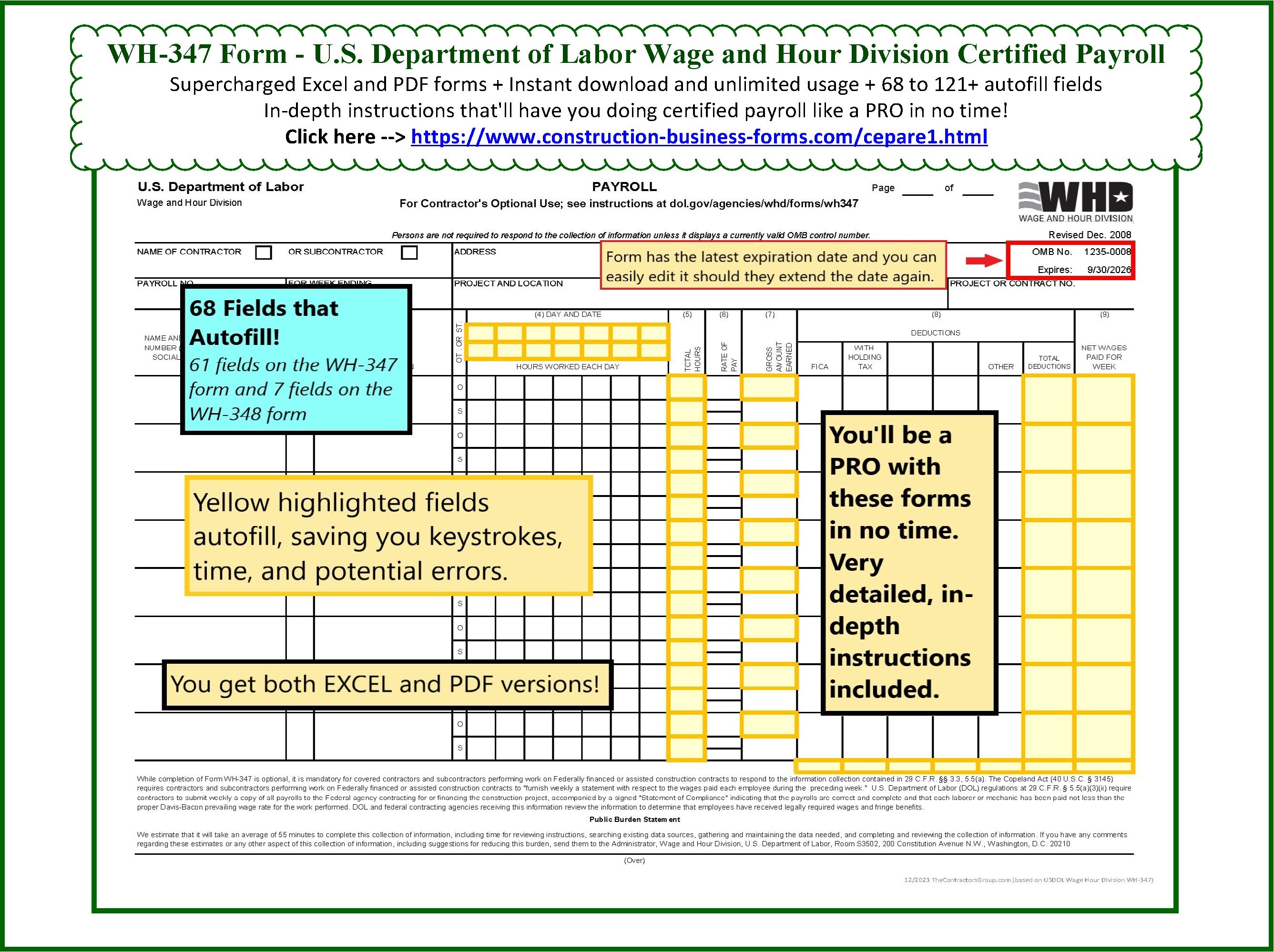
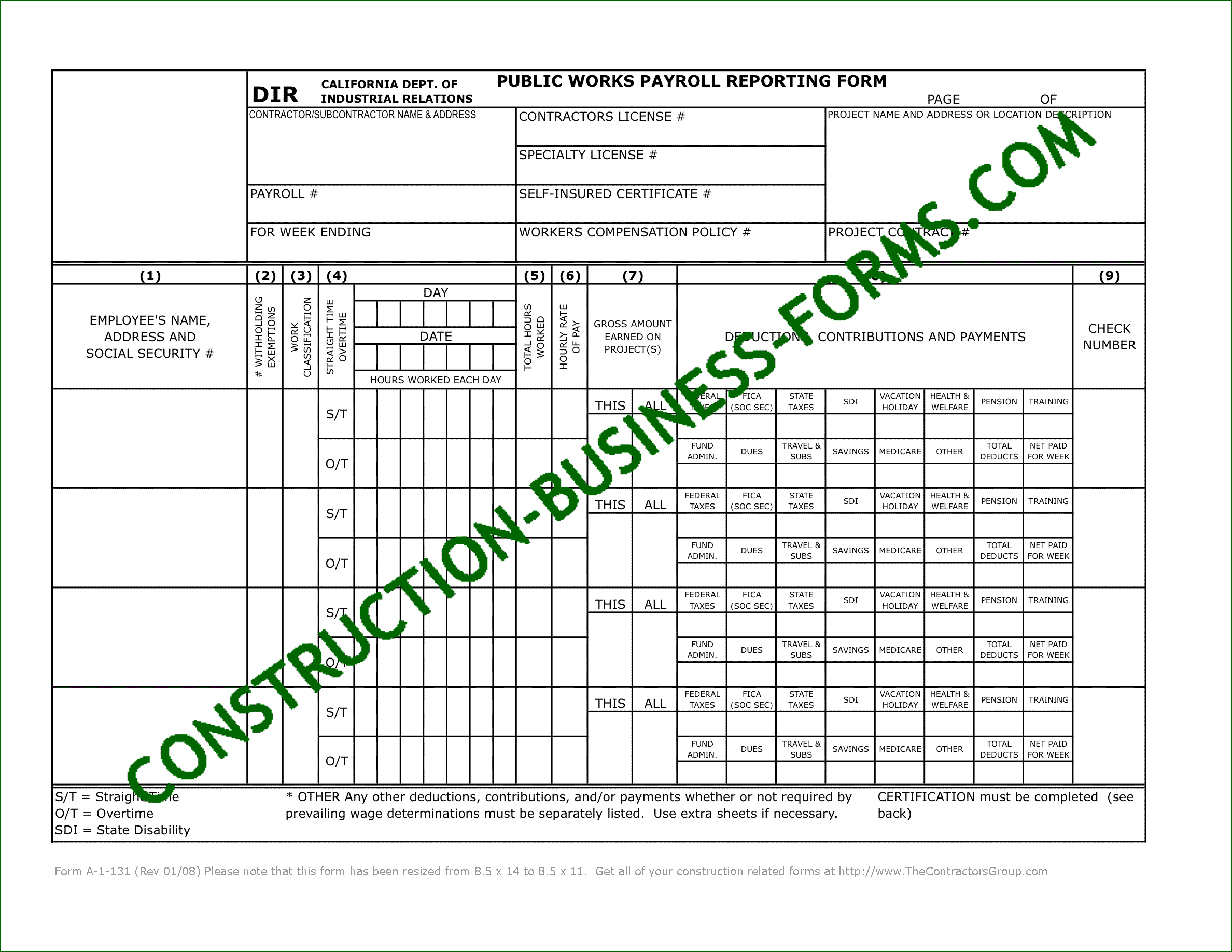


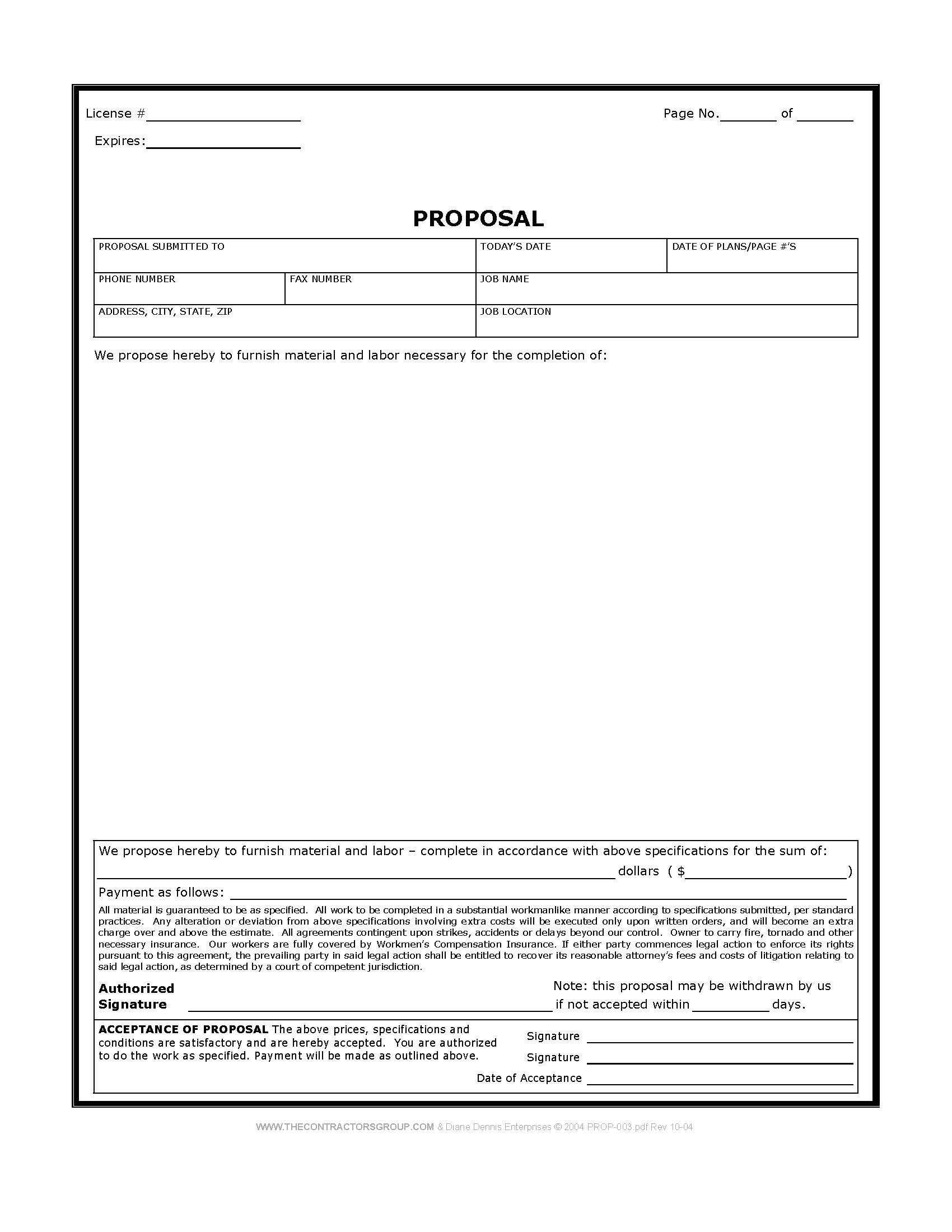
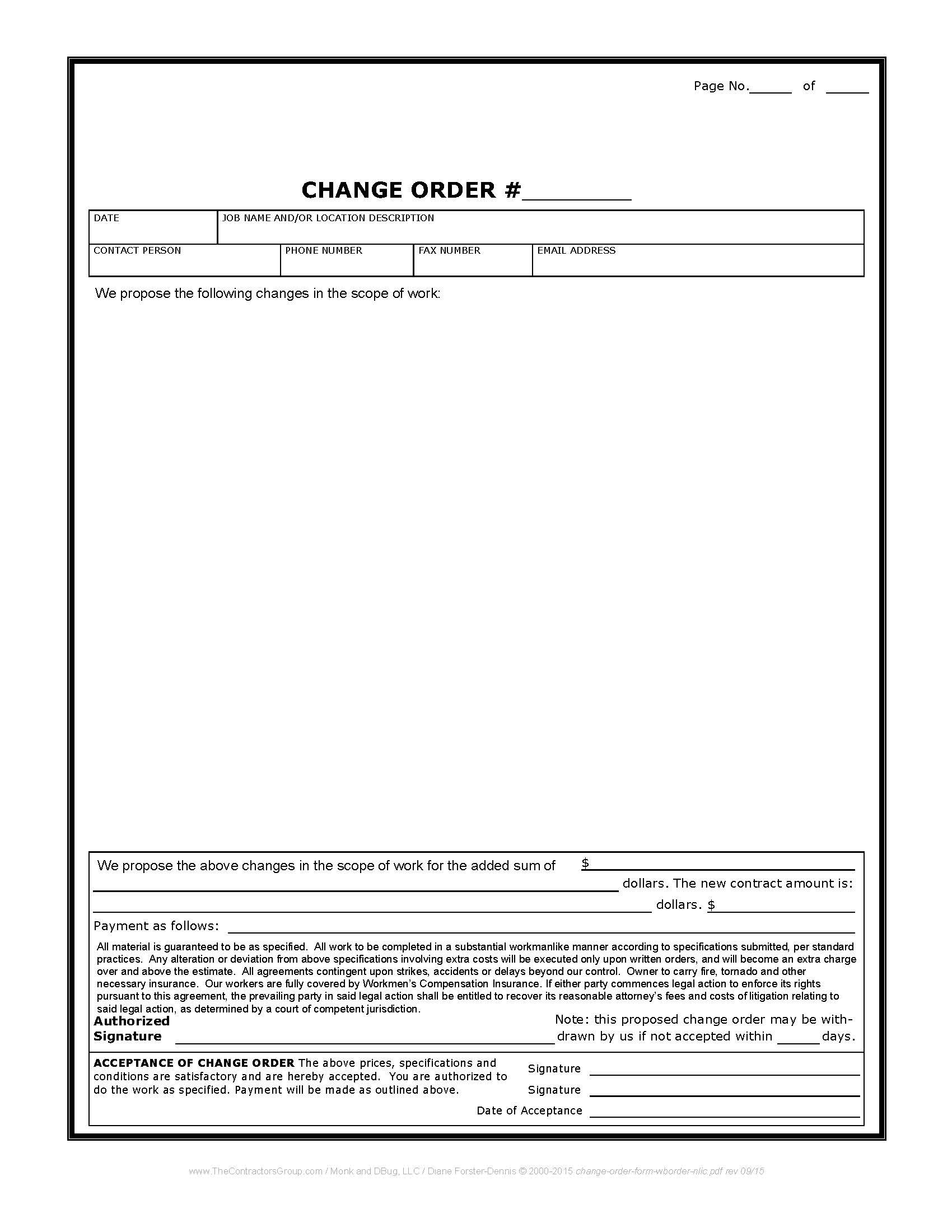
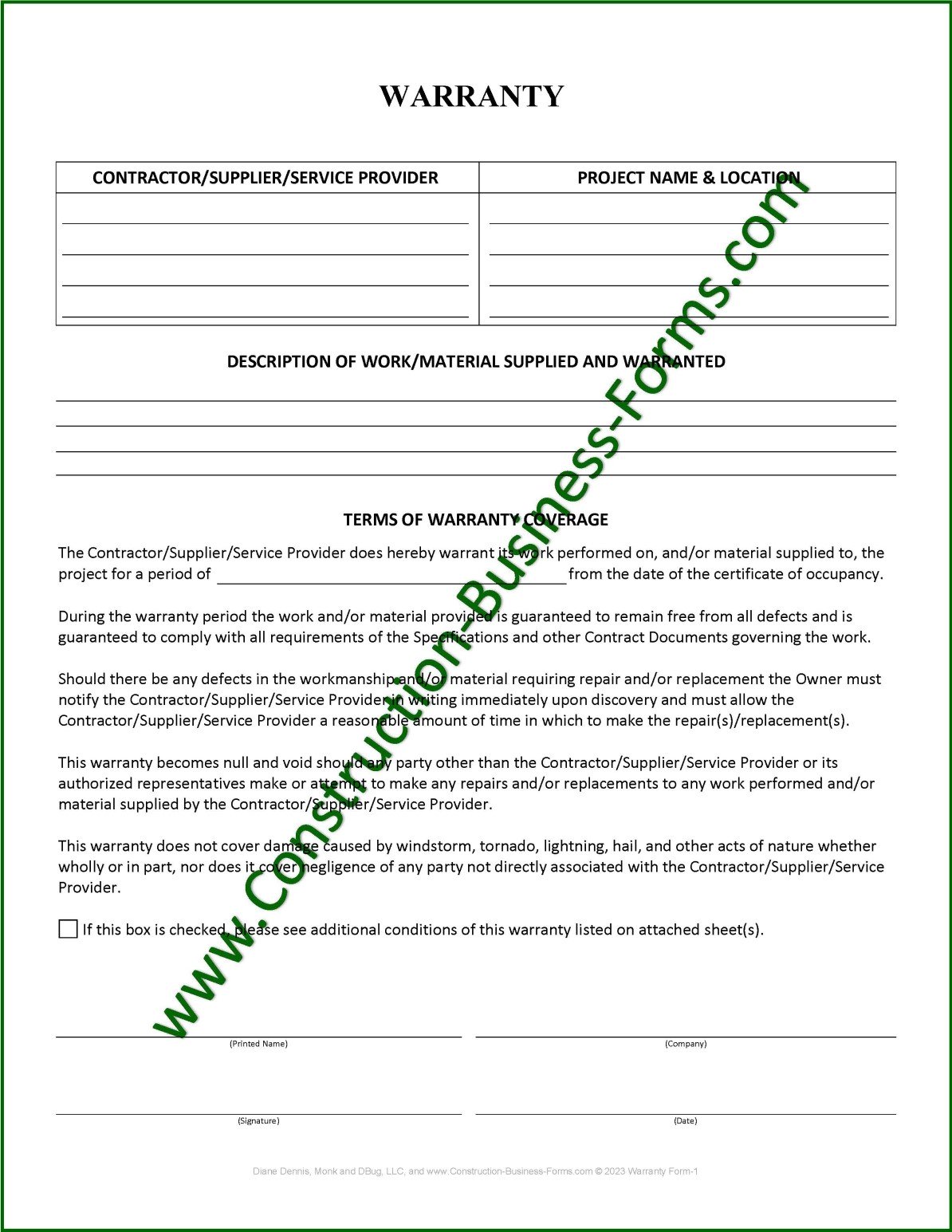
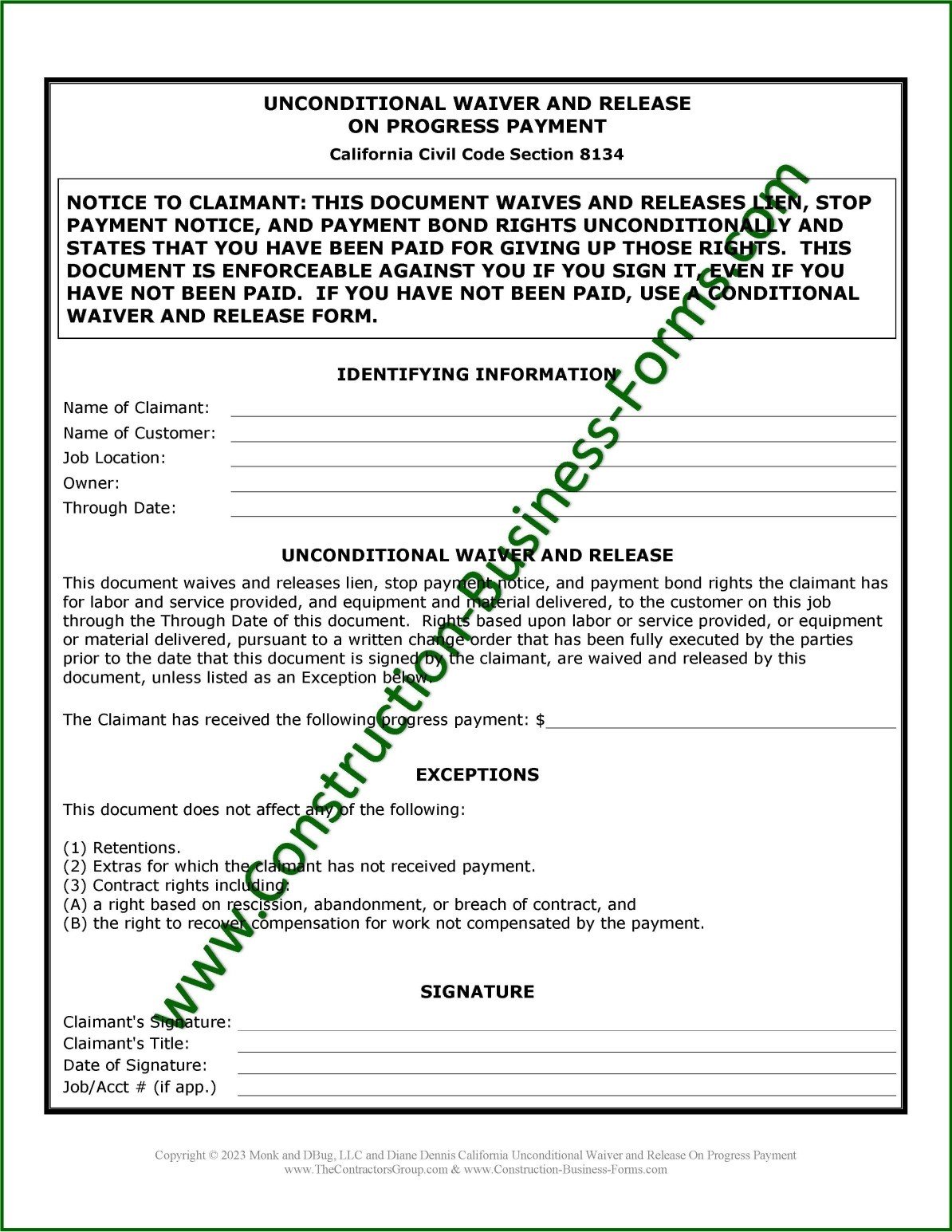
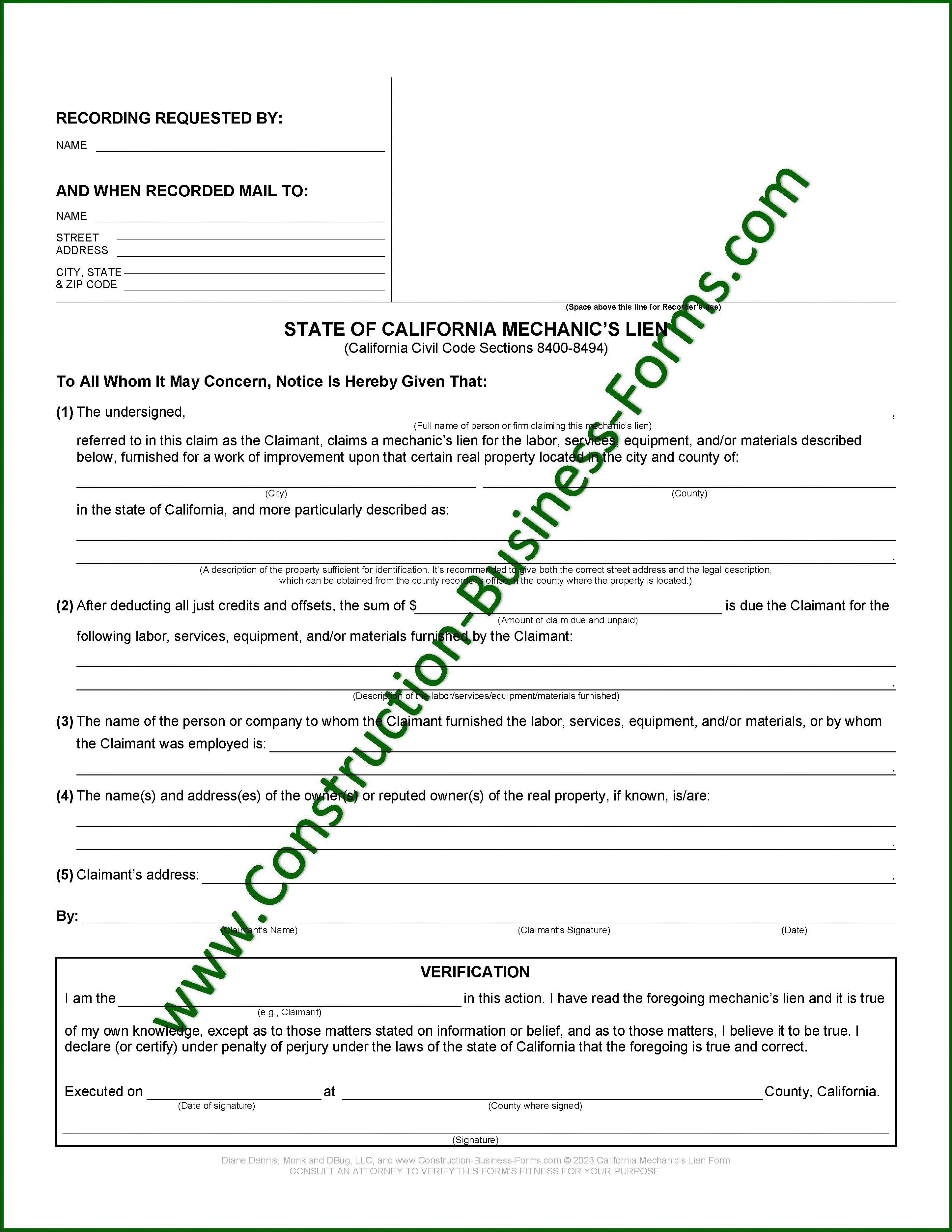
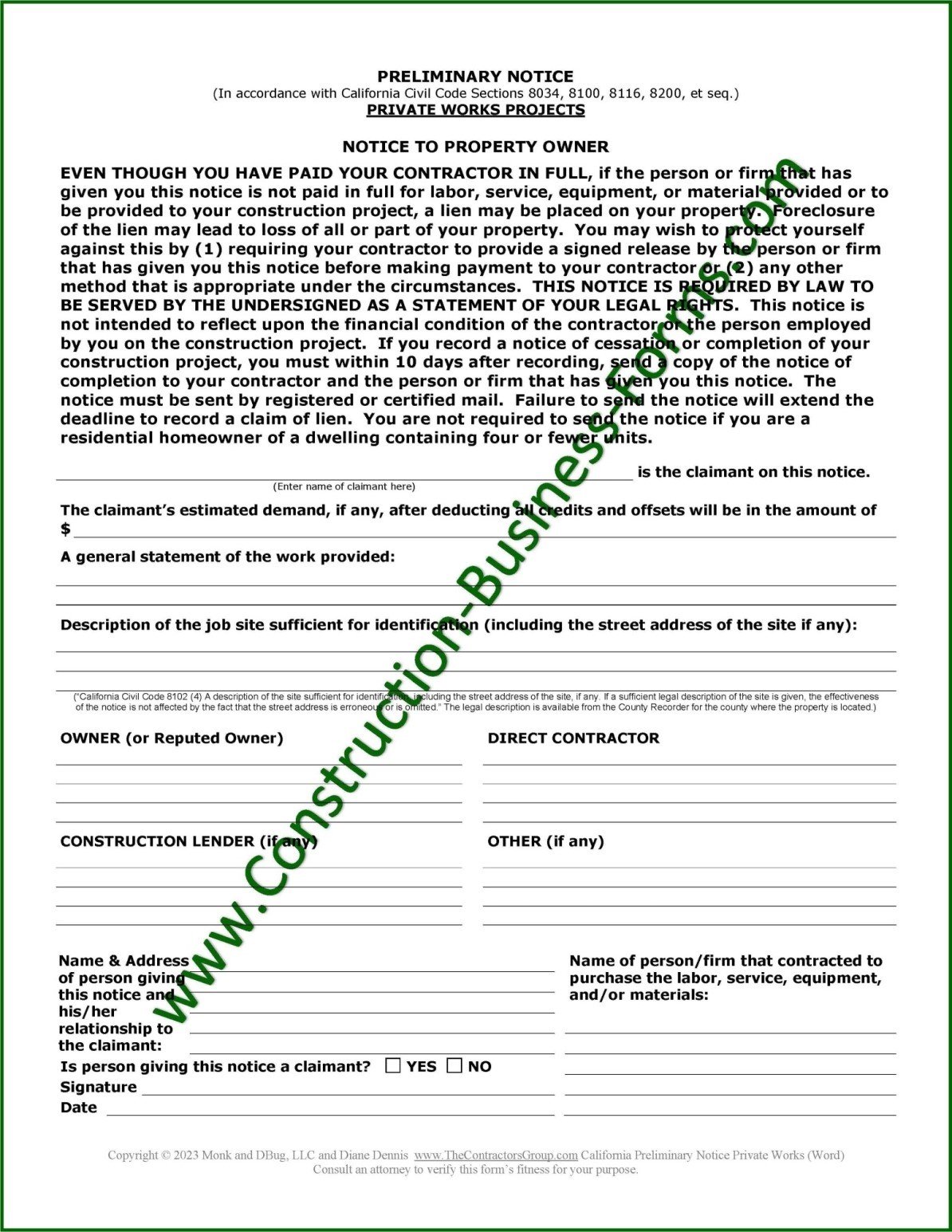


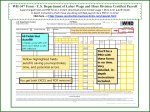
New! Comments
Please leave me your comments below. Facebook doesn't notify me of comments but I'm tickled when I come across them and I always respond when I see them.